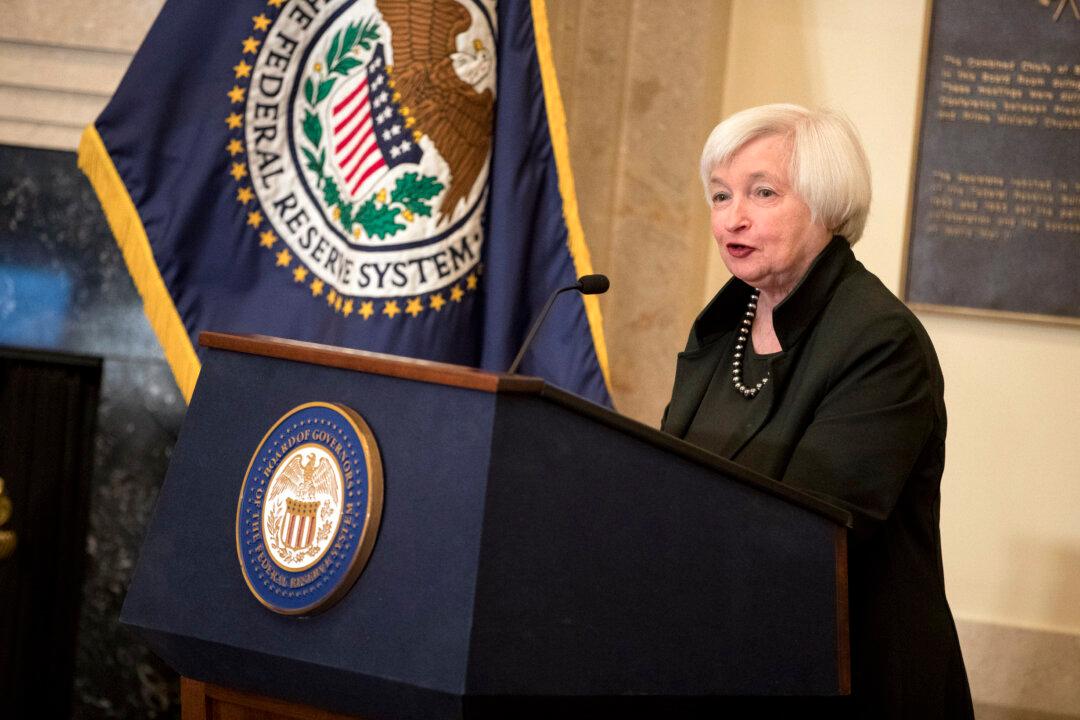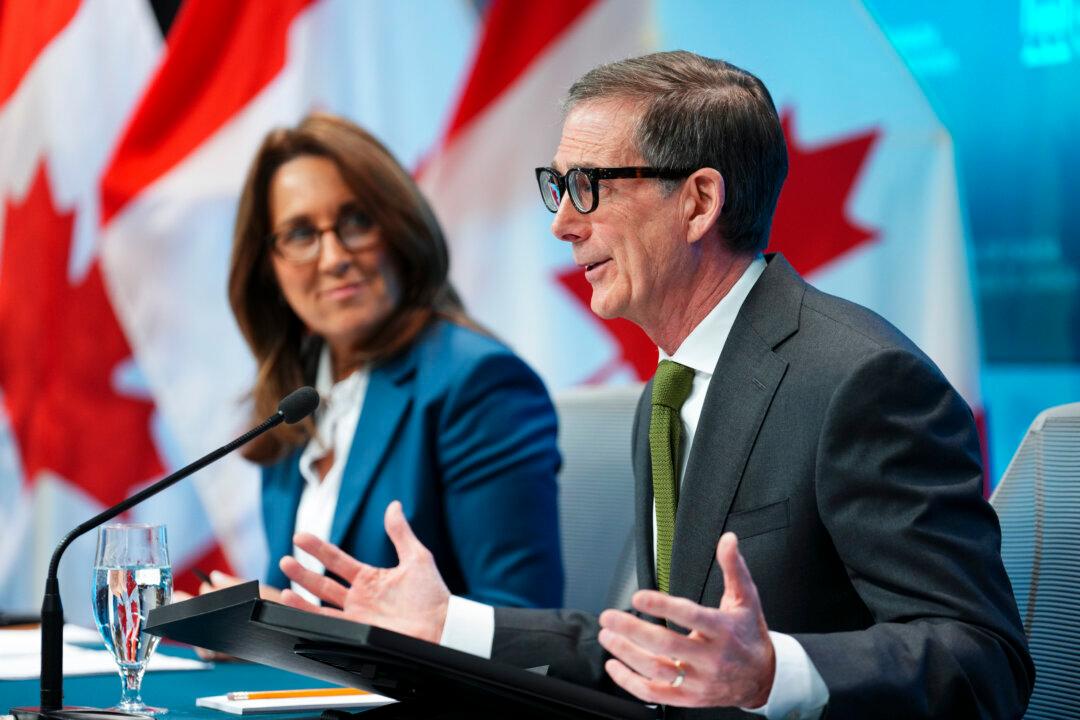The Federal Reserve, along with everybody else, is playing the waiting game—waiting to see what the Trump administration and Congress can actually get done.
The Federal Open Market Committee (FOMC) left the target range for its key policy rate unchanged at 0.50 to 0.75 percent on Wednesday, Feb. 1.
The Fed’s December economic projections suggested three rate increases in 2017. It was not expected to raise rates on Feb. 1 after announcing a rate increase in its last meeting and given that Fed chair Janet Yellen was not holding a press conference.
In its statement that discussed the U.S. economy’s ongoing improvement, the most notable change from December’s statement was the addition of the sentence, “Measures of business and consumer sentiment have improved of late.”
“To include that new information is an acknowledgement of something on the ground that’s happening with potential upside risk, but not enough to really cause the Fed to want to change its thinking about its rate hike profile at this point in time,” said BMO deputy chief economist Michael Gregory in a phone interview.
“These ['animal spirits’] are powerful forces,” he added.
“Animal spirits,” which translate into an increase in business and consumer spending based on the perception that the economy is improving, has been noted in a 12-year high in the NFIB’s Small Business Optimism Index and a more than 15-year high in the Conference Board’s Consumer Confidence Index.
But the Fed did not “telegraph” the next rate hike and its statement was interpreted as dovish. The U.S. dollar index and the 2-year and 10-year Treasury bond yields fell immediately after the statement was released.
“We think that the current 22 percent market implied odds of a March rate hike appears fair,” said TD Chief U.S. Macro Strategist Michael Hanson in a note.





